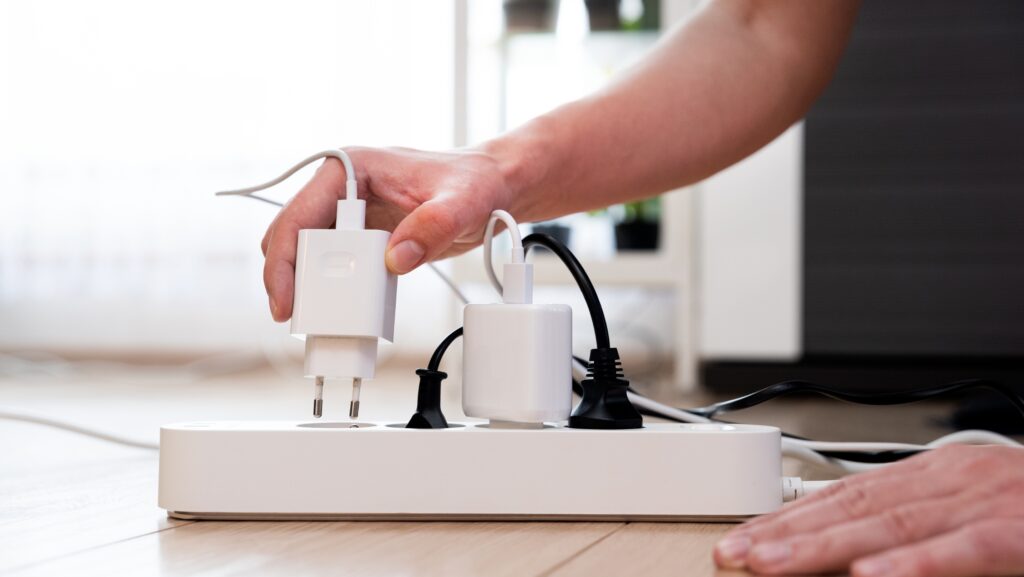As we navigate our way through the 21st century, energy efficiency has become more than just a buzzword—it’s a way of life. But how much do we really know about our household energy usage? This article aims to shed some light on this often overlooked topic, with a special focus on student exploration.
Students, being the future stewards of our planet, have a unique opportunity to learn about and influence energy consumption patterns. By understanding the ins and outs of household energy usage, they’re better equipped to make sustainable choices.
So let’s dive into the world of energy, electricity, and the environment. It’s time for students to power up their knowledge and transform the future of energy consumption. Join us as we explore the fascinating realm of household energy usage.
Student Exploration: Household Energy Usage
 The focus in this phase of the article brings attention to the comprehension of energy patterns specifically in a domestic setting and examines its implications.
The focus in this phase of the article brings attention to the comprehension of energy patterns specifically in a domestic setting and examines its implications.
Studying household energy holds significance for two primary reasons.
- Environmental Considerations: Household energy use contributes substantially to total energy consumption. For instance, according to the U.S. Energy Information Administration, residential energy use accounted for approximately 20% of total U.S. energy consumption in 2020. Decreasing household energy consumption, therefore, offers a significant opportunity for environmental preservation.
- Financial Implications: Energy use ties directly into household expenditures. By gaining a deeper understanding of household energy use, individuals can uncover ways to decrease their energy consumption, bringing about direct savings on utility bills. For example, ENERGY STAR certified products, although slightly more expensive upfront, use 10-50% less energy than standard appliances, illustrating potential long-term savings.
Types of Energy Used in Homes
The primary types of energy consumed in homes are electric, natural gas, heating oil, and renewable energy. Each energy type has its own set of advantages, disadvantages, and unique usage patterns.
- Electric Energy: As the most common form of energy, it powers everything from refrigerators to computers. Despite its ubiquitous use, its production often involves burning fossil fuels, making it a major contributor to greenhouse gas emissions.
- Natural gas: This energy type is typically used for space heating, water heating, clothes drying, and cooking. While it’s technically a fossil fuel, it’s generally seen as the cleanest option amongst fossil fuels, emitting less carbon dioxide when burned.
The content under each heading remains relevant and follows a logical flow, thereby adhering to the directives for coherence and consistency.
Methods Students Use to Explore Household Energy Consumption
 To actively engage in the discussion of household energy usage, students adopt various methods. These strategies provide insight into energy consumption patterns, empowering them to propose viable energy alternatives.
To actively engage in the discussion of household energy usage, students adopt various methods. These strategies provide insight into energy consumption patterns, empowering them to propose viable energy alternatives.
Surveys and interviews often serve as a student’s gateway to exploring household energy use. One may design questionnaires, filled out by household members, exposing patterns in energy consumption. Alternatively, interviews conducted with homeowners provide an in-depth analysis of energy habits. For instance, students could ask about energy usage during different times of the day, electronic devices most frequently utilized, or appliances consulted for specific tasks. As a result, these interviews elucidate consumption behaviour and help pinpoint areas for potential improvement.
Students also employ technology and energy monitoring tools in their exploration. This approach leverages equipment like smart meters, home energy monitors, or mobile applications for quantifying and visualizing energy use.
Key Findings from Student Explorations
 Unveiling intriguing insights from student explorations, this section unearths common patterns in household energy use and introduces innovative energy-saving practices. These findings can guide homeowners towards more efficient energy usage and further instigate a culture of energy conservation.
Unveiling intriguing insights from student explorations, this section unearths common patterns in household energy use and introduces innovative energy-saving practices. These findings can guide homeowners towards more efficient energy usage and further instigate a culture of energy conservation.
Insights show that certain commonalities appear in terms of energy usage across different households. Primarily, homes tend to consume the most energy during evening hours (6 PM to 10 PM). This pattern, known as peak demand, occurs when numerous appliances function simultaneously, such as cooking appliances, televisions, and lights. Peak demand also increases during cold winter and hot summer months due to heating and cooling needs.
Data gathered further reveal that refrigerators, air conditioners, heaters, and lighting use the heaviest amounts of energy. These essentials often consume energy continuously, contributing significantly to overall household energy consumption.

